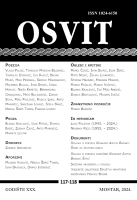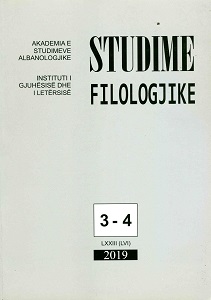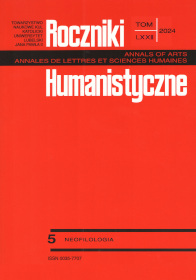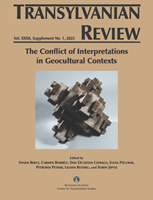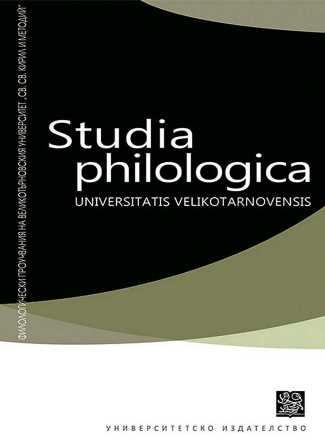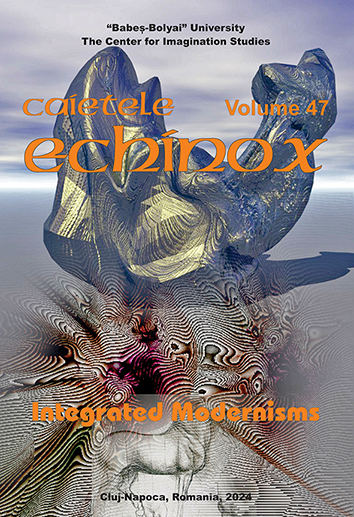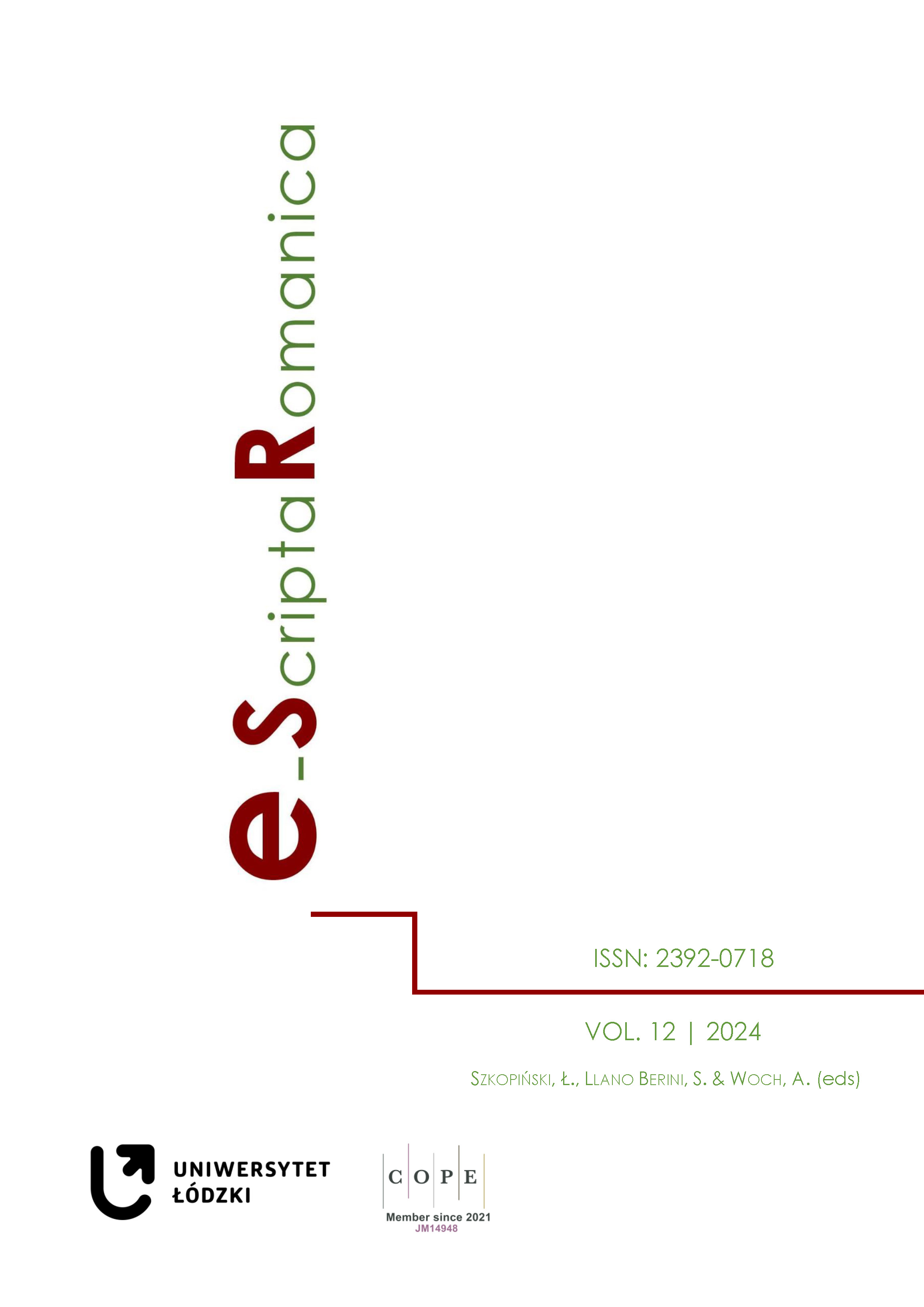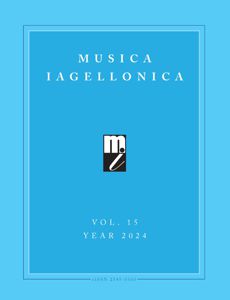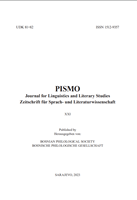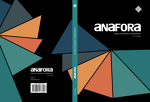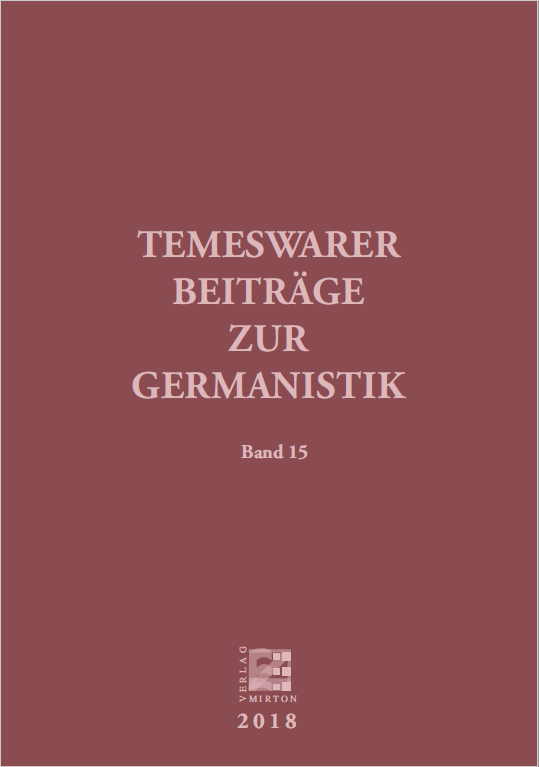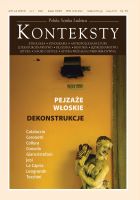
Florencja Manganellego. Geometria i sen
The topic of this article is Florence as seen by Giorgio Manganelli, one of the most interesting 20th century Italian men of letters, who devoted a large part of his works to subjective accounts of numerous journeys. Florence viewed by Manganelli – particularly described in sketches from the collection: La favola pitagorica. Luoghi italiani (2005; texts about Florence come from 1982–1988), but also in other works, i.a. those in Emigrazioni oniriche (2023), the most recent collection of Manganelli’s writings dedicated to art – appears to be subjected to the precise and flexible rules of fairy-tale geometry dictated by the evil ruler of the Baptistery. Fairy-tale quality and oneiric geometrical disputes seem to organise the space of a spectral and unobvious Florence as seen by Manganelli. The author explores the most prominent Florentine churches: Santa Maria Novella, Santa Maria del Fiore, San Lorenzo, Santa Croce, and Santo Spirito in Oltrarno, but also tours galleries and exhibitions, being particularly interested in Galleria degli Uffizi. Owing to the disclosure of a network of conflicts within its architectural-fairy tale layout Florence manages to get rid of the false labels of a “beautiful city”, a “masterpiece”, which the author found so discouraging. The text also takes into consideration the recently published collection of reminiscences by Manganiello’s daughter, Lietta (Giorgio Manganelli. Aspettando che l’Inferno cominci a funzionare, 2022).
More...
